Table of Contents
- Understanding Decarboxylation: The Essential First Step
- Calculating Accurate Dosage for Homemade Edibles
- Infusion Methods: Extracting Cannabinoids Effectively
- Testing and Adjusting Your Homemade Edibles
- Storage Considerations for Homemade Cannabis Edibles
- Advancing Your Edible-Making Skills: Equipment and Techniques
Creating cannabis edibles at home offers control over ingredients, potency, and flavor profiles. However, without proper technique, homemade edibles can deliver unpredictable or disappointing results. Two critical aspects of successful edible production are proper decarboxylation and accurate dosage calculation. This guide covers essential methods to ensure your homemade creations deliver consistent, enjoyable experiences.
Understanding Decarboxylation: The Essential First Step
Decarboxylation is the chemical process that converts inactive THCA in cannabis into psychoactive THC through heat application. This crucial step determines whether your edibles will have any effect at all.
The Science Behind Decarboxylation
Raw cannabis contains primarily THCA (tetrahydrocannabinolic acid), which has no psychoactive properties. When heated, THCA loses a carboxyl group (COOH) and transforms into THC, the compound responsible for cannabis's psychoactive effects. This process also applies to other cannabinoids like CBDA converting to CBD.
Optimal Decarboxylation Methods
- Oven Method: Spread ground flower on a baking sheet and heat at 240 °F (115 °C) for 30-40 minutes.
- Sous Vide Method: Vacuum seal ground cannabis and immerse in a water bath at 203 °F (95 °C) for 90 minutes.
- Specialized Decarboxylators: Purpose-built devices that maintain precise temperature control throughout the process.
According to this comparison of edibles vs. smoking, proper decarboxylation ensures your edibles deliver the full spectrum of effects, which typically last longer than inhaled cannabis.
Calculating Accurate Dosage for Homemade Edibles
Inconsistent dosing is the most common pitfall in homemade edibles. Understanding how to calculate and distribute cannabinoids evenly is essential for predictable effects.
Basic Dosage Formula
To calculate the approximate THC content per serving:
- Determine your flower's THC percentage (e.g., 20% = 0.2)
- Multiply by 1,000 to convert to milligrams (e.g., 0.2 × 1,000 = 200mg per gram)
- Account for extraction efficiency (typically 60-80%) (e.g., 200mg × 0.7 = 140mg extracted)
- Divide by the number of servings (e.g., 140mg ÷ 10 servings = 14mg THC per serving)
For new users, this guide on safe edible dosing recommends starting with just 2-5mg THC per serving and waiting at least two hours before considering additional consumption.
Infusion Methods: Extracting Cannabinoids Effectively
After decarboxylation, cannabinoids must be extracted into a fat-based carrier. The choice of infusion method affects potency, flavor, and overall quality.
Fat-Based Extractions
Cannabinoids are fat-soluble, not water-soluble. This article on fat in edible absorption explains why using appropriate fats is crucial for both extraction and bioavailability. Common carriers include:
- Butter (traditional choice for baking)
- Coconut oil (higher saturated fat content for better extraction)
- Olive oil (lighter flavor profile for savory applications)
- MCT oil (rapid absorption and neutral taste)
Infusion Techniques
For optimal extraction, maintain temperatures between 160-200 °F (71-93 °C) during infusion. Higher temperatures risk degrading THC, while lower temperatures may result in incomplete extraction. Common methods include:
- Stovetop double-boiler (2-3 hours)
- Slow cooker (4-6 hours on low)
- Specialized infusion machines (varies by device)
Regardless of method, strain the plant material thoroughly after infusion using cheesecloth or fine mesh strainers to remove particulates that could affect taste and texture.
Testing and Adjusting Your Homemade Edibles
Before producing a large batch, testing is essential to verify potency and effects.
The Test Batch Approach
Create a small test batch and try a single serving to gauge potency. This timing breakdown explains that edibles typically take 30-90 minutes to begin working, with peak effects at 2-4 hours. Wait the full duration before assessing potency.
Adjusting Potency
If your test batch is too strong or weak, adjust accordingly:
- Too strong: Increase the amount of non-infused ingredients to dilute potency
- Too weak: Add more infused oil/butter or reduce non-infused ingredients
- Uneven effects: Improve mixing techniques to distribute cannabinoids more evenly
Document your process, including any adjustments, to replicate successful batches in the future.
Storage Considerations for Homemade Cannabis Edibles
Proper storage preserves both potency and freshness. This guide on storing edibles provides comprehensive advice, but key points include:
- Store in airtight, opaque containers to protect from light, air, and moisture
- Refrigerate most edibles to extend shelf life
- Freeze butter and oils for long-term storage (up to 6 months)
- Label clearly with potency information and production date
- Keep away from children with appropriate child-resistant packaging
Different edible types have varying shelf lives. Baked goods typically last 1-2 weeks refrigerated, while properly stored tinctures and oils can remain potent for months.
Advancing Your Edible-Making Skills: Equipment and Techniques
As you become more experienced, specialized equipment can improve consistency and efficiency. This comparison of THC vs. CBD in edibles highlights why precision becomes even more important when working with different cannabinoid profiles.
Consider investing in:
- Digital scale accurate to 0.1g for precise dosing
- Candy thermometer for temperature-sensitive recipes
- Silicone molds for consistent serving sizes
- Specialized decarboxylator for optimal activation
- Tincture droppers for precise application
Remember that edibles produce stronger effects than smoking because the liver converts THC to 11-hydroxy-THC, which is more potent and longer-lasting, as explained in this article on THC metabolism. This metabolic difference underscores the importance of careful dosing and patience when consuming.
By mastering decarboxylation, precise dosing, and proper infusion techniques, you can create homemade edibles that deliver consistent, enjoyable experiences tailored to your specific preferences and needs.

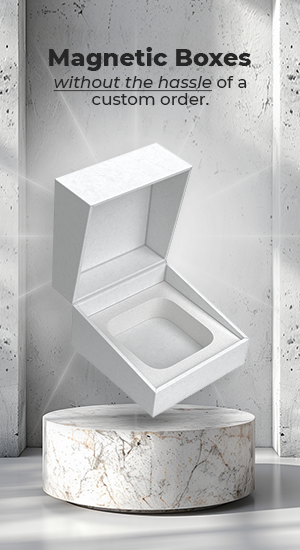
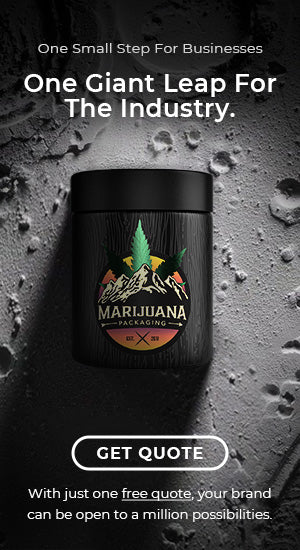
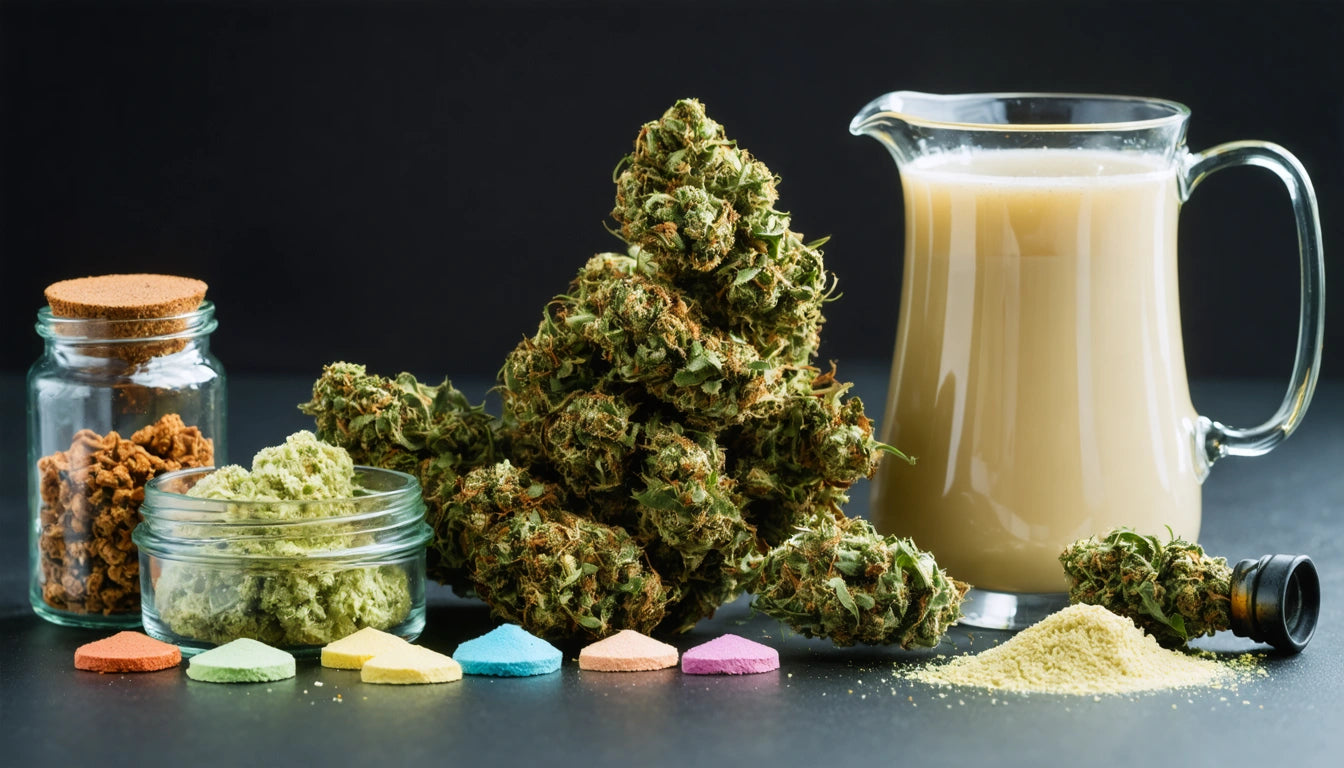
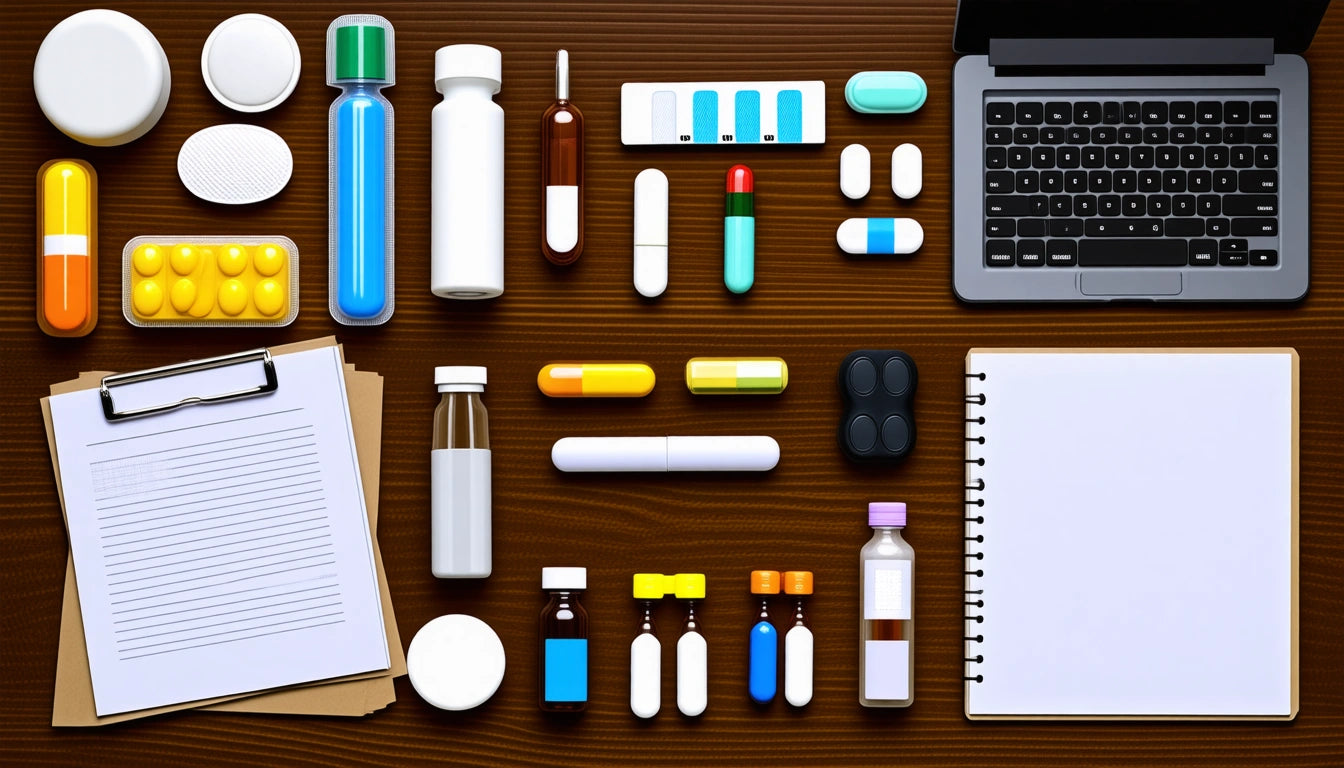
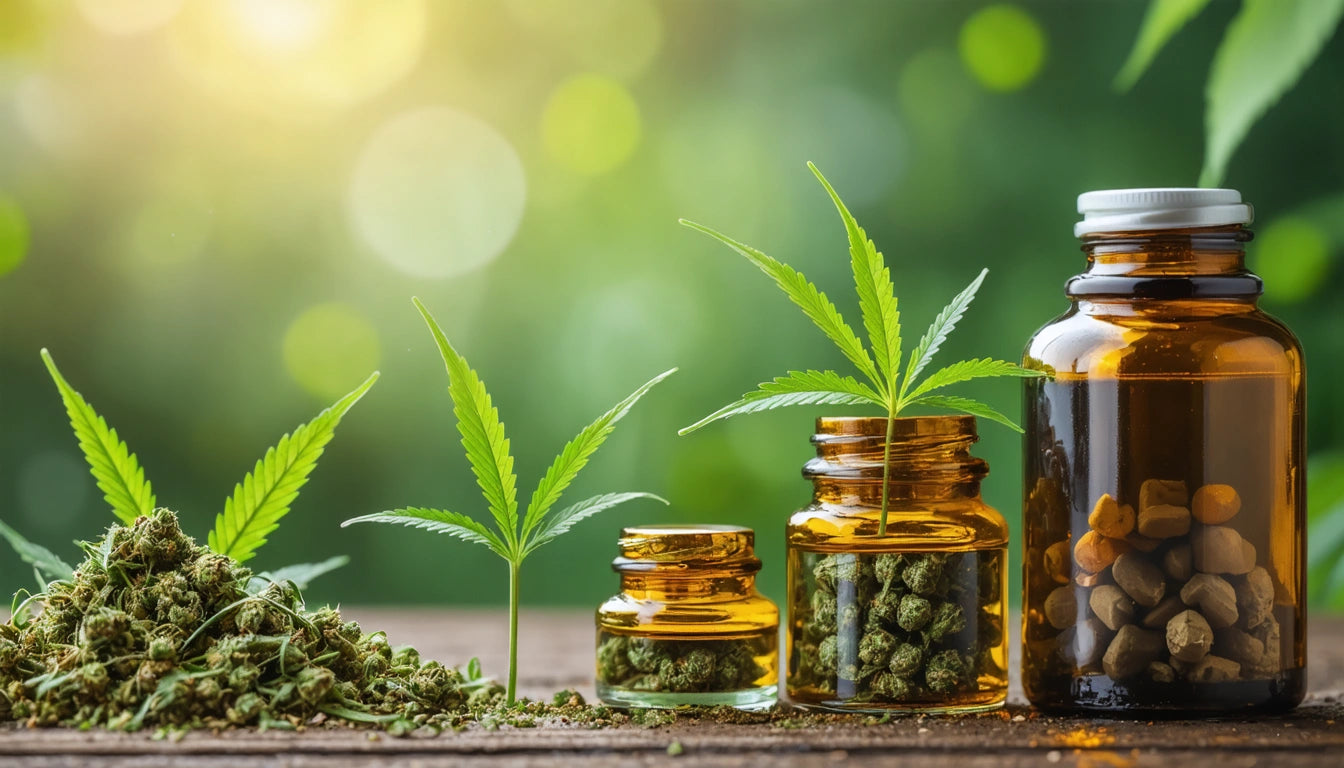
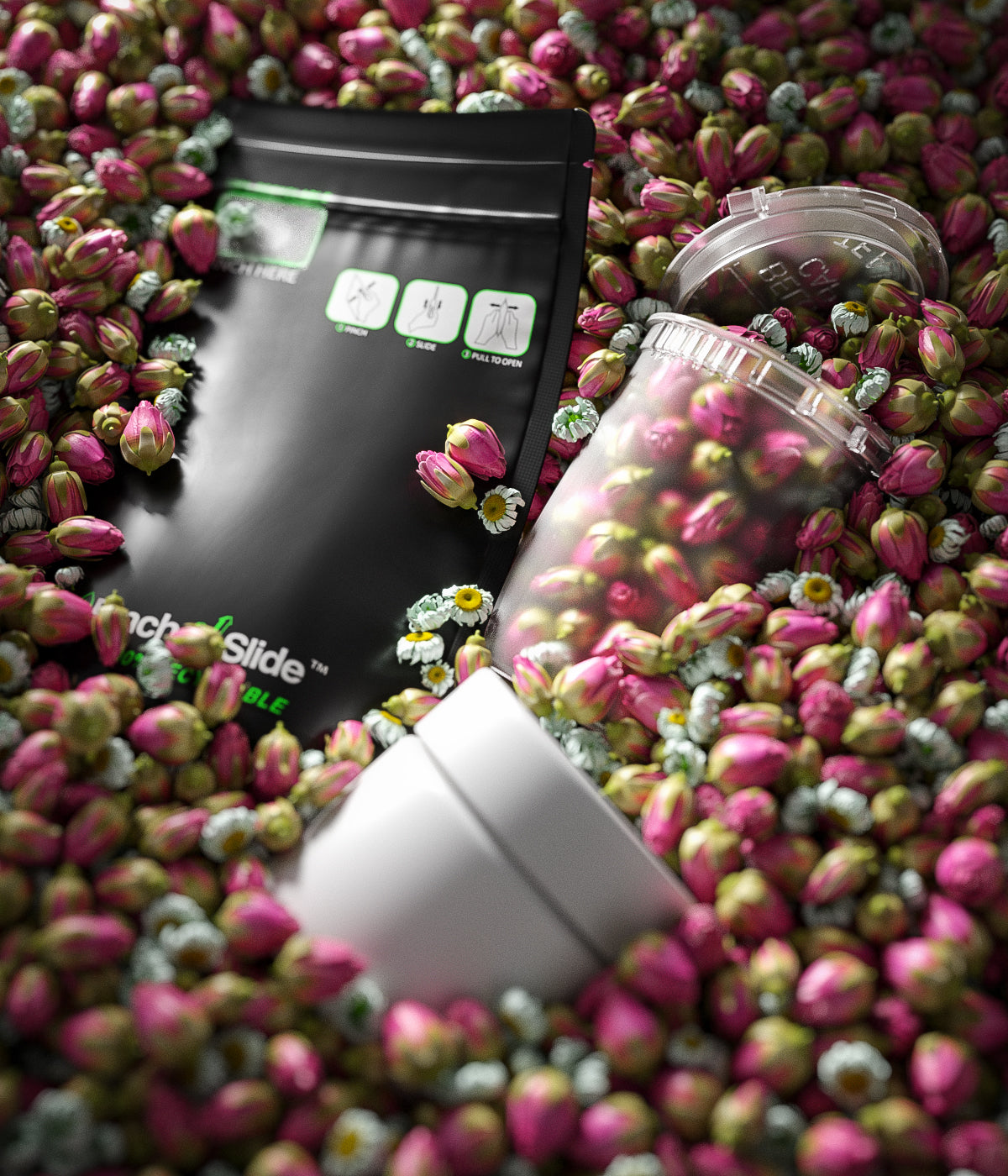
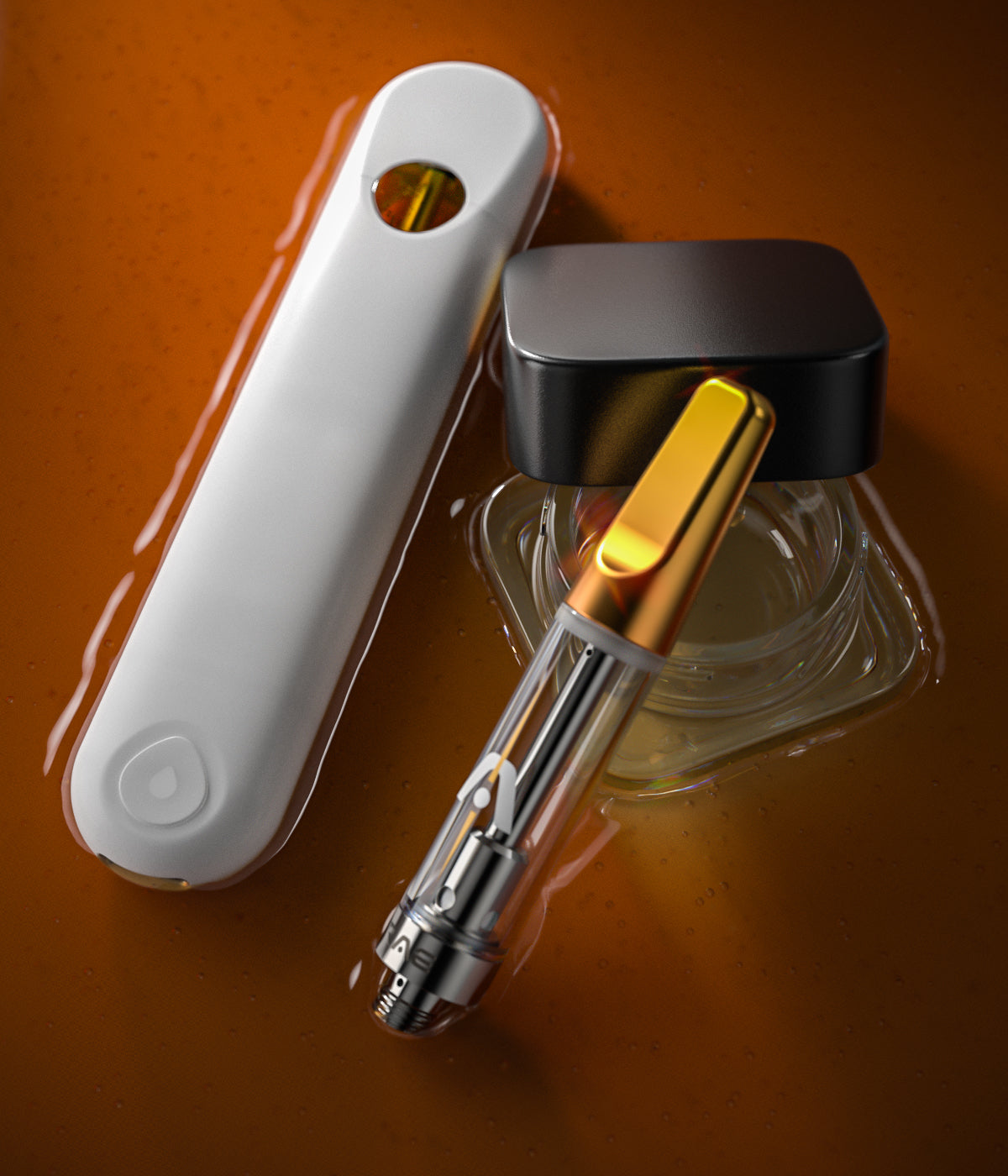
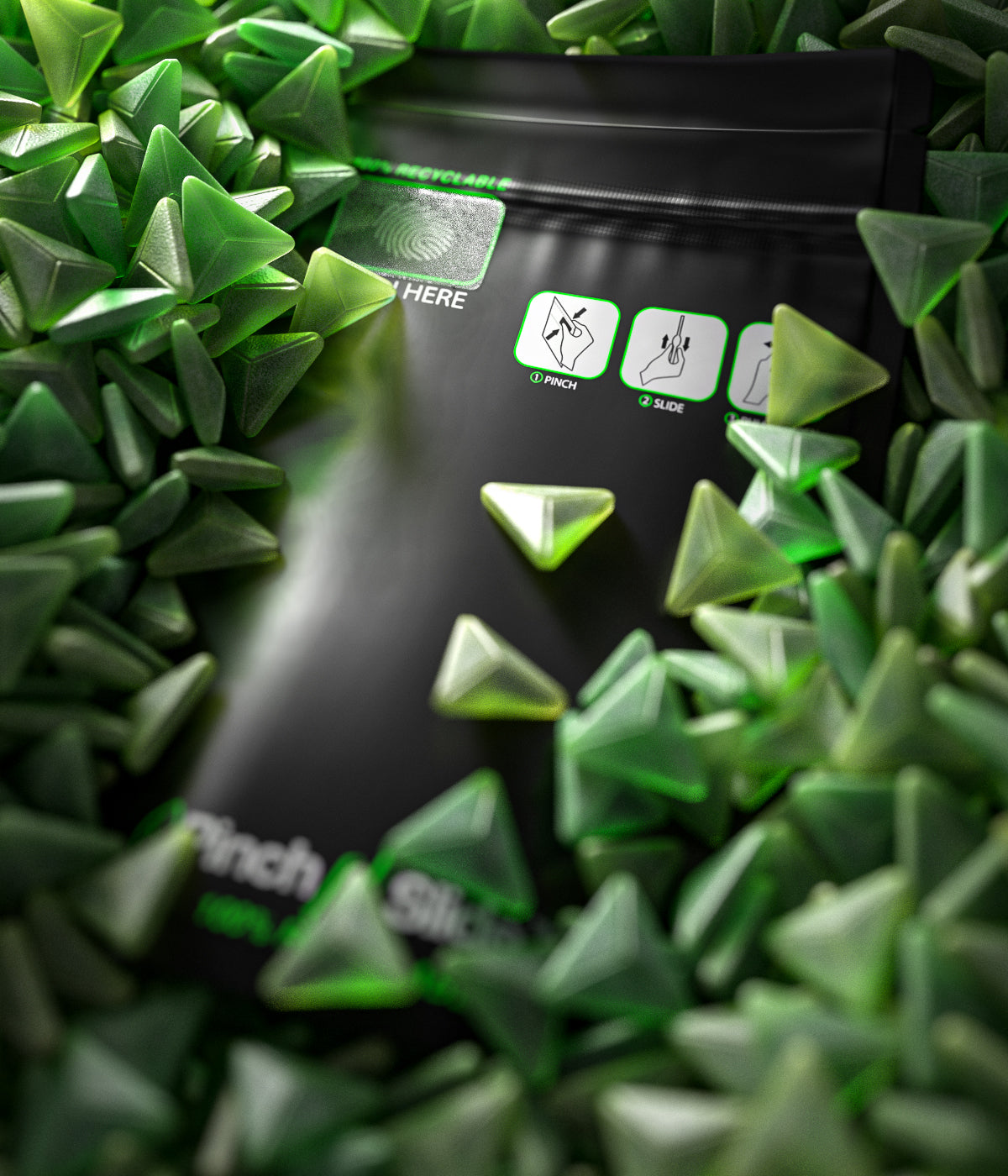
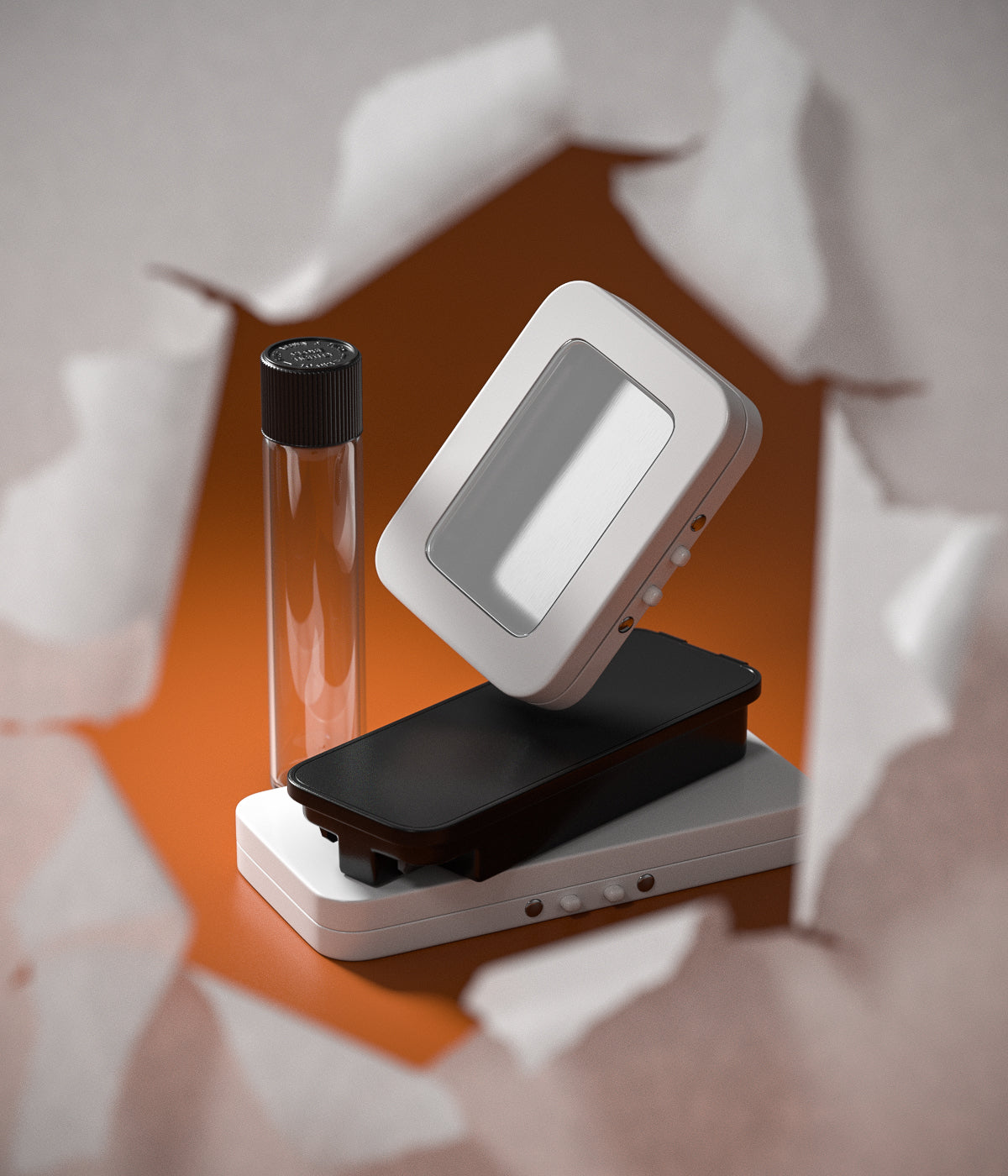
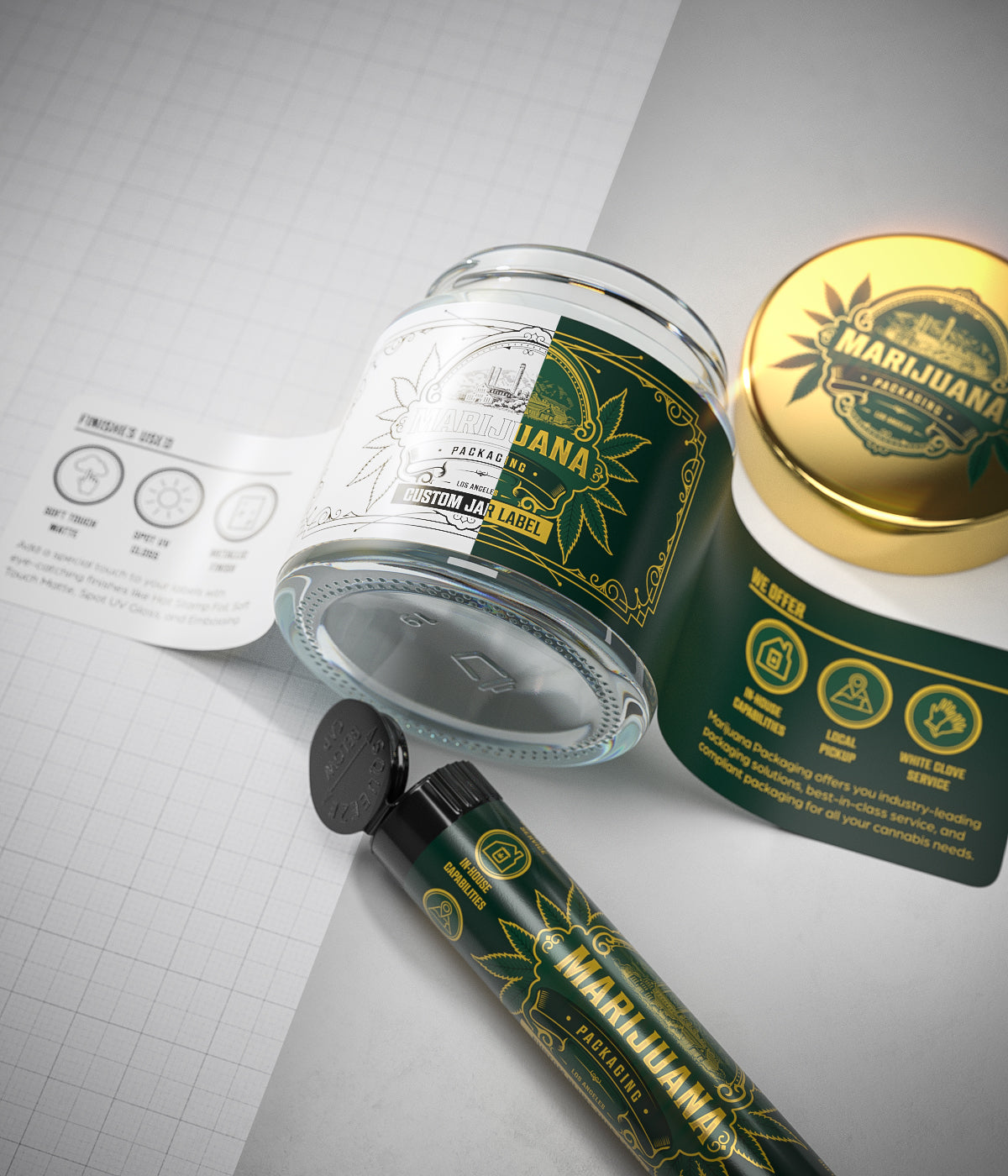
Leave a comment
All comments are moderated before being published.
This site is protected by hCaptcha and the hCaptcha Privacy Policy and Terms of Service apply.